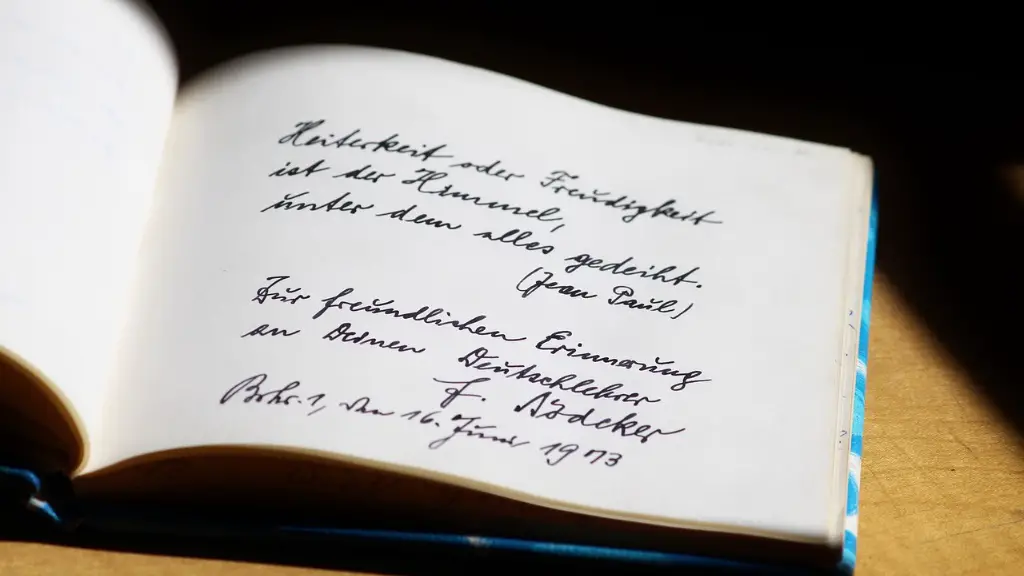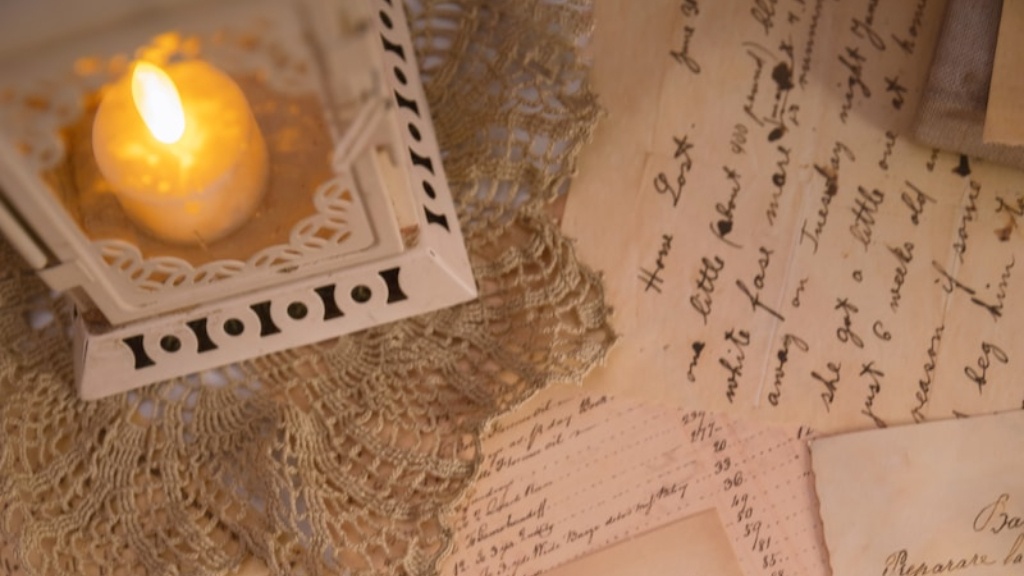Equipment, Sound and Software Setup
Starting from the basics, good sound is key. Having the right microphone and audio equipment setup is vital for recording without distortion. The type of microphone needed for poetry and background music depends on the type of poem and music genre. For rap and spoken-word poetry, a dynamic microphone is ideal since it is better suited to handle dense and complicated wordplay than a condenser one. On the other hand, condenser microphones are preferred for melodic singing and acoustic guitar playing. They provide a much smoother and natural sounding frequency response.
Computers or digital recording devices are also needed for this process, depending on the type and budget of the project. Professionals may opt for digital audio workstations (DAW) such as Logic pro or FL Studio for the recording and for adding effects. For home studio beginners, the open source DAW – Audacity is a good place to start since it is free and easy to use.
Monitor Mix and Mixing Console
Parallel to the proper pieces of equipment, having a monitor mix, preferably with a mixing console, is also a key step. This allows recording the poetry and music separately while allowing the flow of each instruments’ performance to be monitored.
The mixing console consists of a master L/R section, subs and 4 stereo channels. The master L/R is responsible for the overall volume, while the subs handles low-end instruments like the bass. Meanwhile, stereo channels 1 to 4 are for instruments like guitars, synths, and background vocals.
Using Effects and VST Plug-Ins
Applying audio effects is important to add texture and dimensionality to the voice, instruments and other audio recordings. These effects allow for a more dynamic and sophisticated song structure. In particular, it enhances the overall atmosphere of the song.
VST plug-ins are digital devices (similar to the regular audio plugins) used to create effects and turns. There is a large selection of VST plugins to choose from, including reverbs, delays, compressors, limiters, equalisers, pitch shifters and many more. Knowing how to run and use them can take practice and experimentation, however these tools are essential in the creative process of recording.
Recording and Editing
Once all the tools, equipment and software are set up, it is time to start recording. We recommend to start with the vocal takes, since the poem will be the centre of the song and an important part of the structure. After that, we can start adding the background music and the other instruments. This can take some trial and error in order to find the perfect sound.
When the recording is finished, it is time to move on to the editing process. This step is crucial for making sure that all the recordings sync correctly. We suggest to focus on the timing of each sound-bytes and transition between each passage. There are many audio editing software available to help you with this process.
Mixing, Mastering and Balancing
The next step is the mixing stage. This is a crucial part of the whole process and requires the use of a mixing console. The goal is to make sure the vocals, instruments and background music blend together harmoniously and that all elements have the same level of audio fidelity.
Once the mixing is done, it is time to move on to the mastering stage. The main purpose of mastering is to give our track the necessary boost to make it stand out in a mix and make it as loud as possible. There are numerous plugins and software available to help with this process.
The last step is the balancing: we need to make sure that all the elements of the song remain in balance and that all the instruments’ dynamics remain intact. This is important for the overall harmony of the track. We need to adjust the volume of each instrument depending on the context.
Arranging the Final Mix
Once the mixing, mastering and balancing steps are done, it is time to arrange the final mix. This is an important step that requires careful listening and attention to detail. We should make sure the song flows correctly and that all elements, instruments and vocals are in the right place.
Once the final mix is done, we can export and save it to use in our project. At this stage, if our track needs some tweaking and adjustments, we can go back and make those changes before finalising it.
Getting the Right Performance
To produce an outstanding track with recorded poetry and background music, it is important to emphasise energy and emotion. This can be achieved with an intense vocal performance from the poet as well as in-the-pocket playing from the musicians.
Improvisation plays an important part in this process, as it allows the performer to take his or her performance to the next level. We recommend to provide a basic structure for the poem and the music and let our performers work their magic: their energy and passion for the art can inject the piece with emotion and captivate the listener.
Distribution and Promoting The Track
Once the final mix is finished, we should take special care to promote the track. We can do this by making sure that the track is distributed to all the major streaming services, sharing the track on social media and setting up a website with an online store to promote and sell the track.
We can also consider doing live performances that feature the track, so that people get to know our work by “word of mouth”. Doing live shows can also be an effective way of promoting the track and increasing its reach.
Finding the right Collaborators
Before attempting to record the track, it is essential to find the right collaborators to assist in the process. We suggest to look for talented musicians, poets and engineers with a good reputation, who can help us take the track to the next level.
When searching for a sound engineer or producer, we recommend to hear examples of their previous work, as this will give us an idea of the quality of their work and how well it blends with our own creative vision.
Recording Tips and Advice
When starting this process, it is important to determine the tone and atmosphere of the track, as well as the instruments required for the background music. We recommend to research and listen to different genres to find the sound that best fits the poem we are looking to record.
Additionally, we should make sure to leave enough space for the poem. The poem should be the focal point, and the background music should support the emotion of the words without overpowering it.
Finally, we suggest to listen back to the entire track several times to make sure that all elements are properly balanced and that all the instruments are distinguishable. If the balance is not optimal, further adjustments may be needed.


